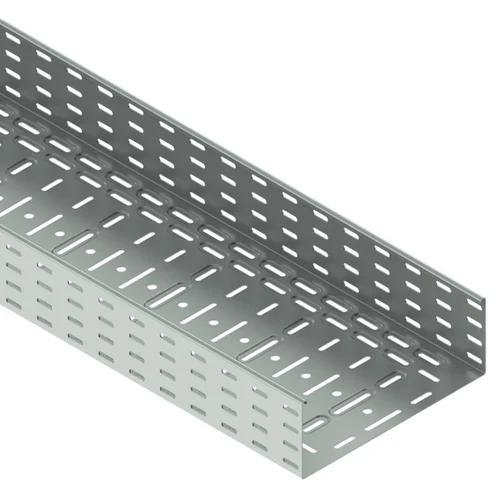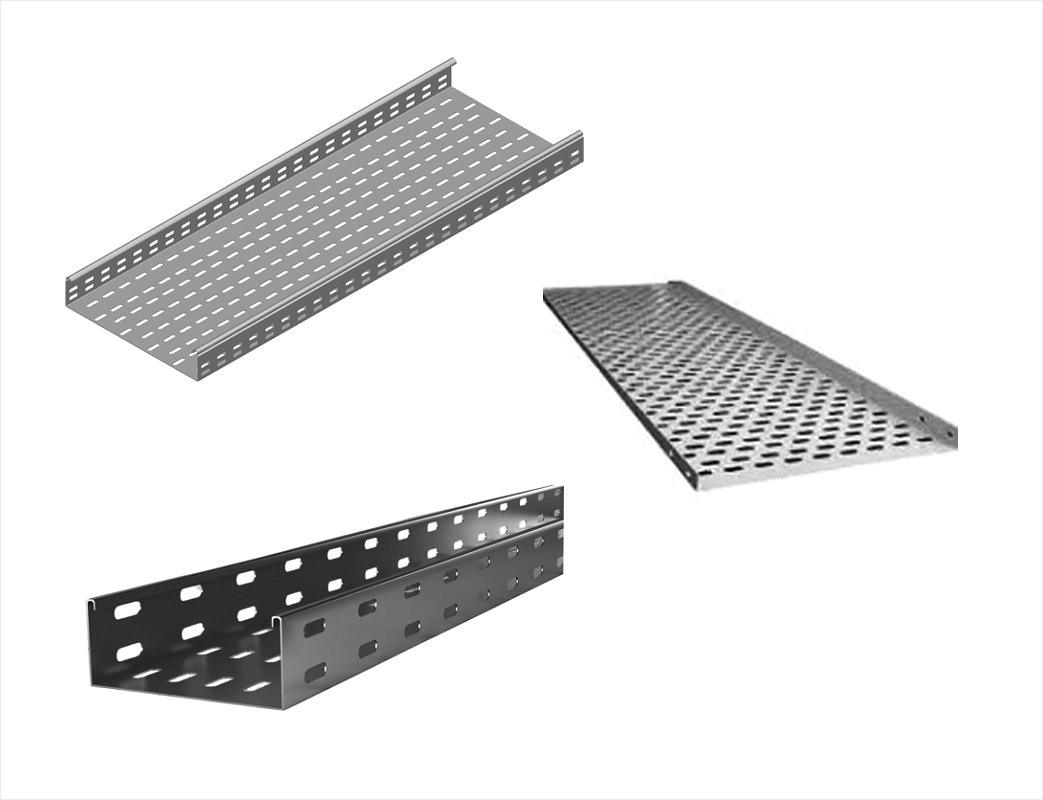Aluminum cable trays have emerged as an essential cornerstone in the design, installation, and maintenance of modern electrical systems. Serving as more than just conduits for cables, these trays play a pivotal role in shaping the future of energy distribution by offering unparalleled advantages in safety, organization, durability, sustainability, and technological adaptability.
1. The Science Behind Effective Cable Management
The use of aluminum cable trays revolutionizes traditional cable management techniques with their open-channel configuration that promotes efficient cooling and air circulation around cables. This feature significantly reduces heat build-up and the risk of fires or cable degradation due to overheating. Moreover, the tray system’s modularity allows for easy addition, alteration, and reconfiguration of cable runs without extensive downtime or complex rewiring procedures.

2. Elevating Safety Standards
Safety is at the heart of any electrical installation, and aluminum cable trays do not disappoint. By providing a structured, easily accessible pathway for cables, they minimize the potential for accidents such as tripping hazards or cable damage. Beyond this, aluminum’s inherent non-combustible properties contribute to passive fire protection strategies, as it resists ignition and does not emit toxic fumes when exposed to high temperatures.
3. Unyielding Durability and Resilience
The strength-to-weight ratio of aluminum ensures that cable trays are robust enough to withstand heavy loads while remaining lightweight for effortless handling and installation. Furthermore, its corrosion-resistant nature makes it particularly suited for harsh environments where exposure to moisture, chemicals, or salt could compromise other materials. Advanced surface treatments like anodizing can further enhance resistance against wear and tear.
4. A Cost-Effective Investment Over Time
Long-term cost savings are realized through the use of aluminum cable trays due to their low maintenance needs and recyclability. They are less prone to rust and require minimal upkeep compared to alternative materials. Additionally, as part of a closed-loop recycling process, aluminum maintains its value and can be repeatedly recycled, contributing to lower overall lifecycle costs and environmental impact.
5. Exceptional Versatility and Customization
Aluminum cable trays come in a myriad of shapes, sizes, and configurations – ladder-type, solid bottom, perforated, etc. – each tailored to specific load requirements, ventilation needs, and aesthetic preferences. Accessories like covers, dividers, and support brackets enable intricate cable segregation, ensuring compliance with NEC and NFPA codes. Furthermore, aluminum’s malleability enables on-site adjustments and customization to accommodate unique project demands.
6. Seamless Integration into Architectural Design
In today’s visually driven built environment, aluminum cable trays offer sleek lines and a contemporary aesthetic that blends seamlessly with interior designs or can be discreetly hidden above ceilings or below floors. With options ranging from raw metallic finishes to custom colors, they become an extension of architectural vision rather than a visual hindrance.
7. Environmental Sustainability at Its Core
Aluminum is a paragon of sustainable metals, as it can be recycled indefinitely without losing quality. Using aluminum cable trays aligns with green building certifications and LEED standards. As the global push towards sustainability intensifies, selecting aluminum products supports a circular economy that conserves resources and reduces greenhouse gas emissions.
8. Meeting Stringent Regulatory Compliance
Aluminum cable trays meet stringent international regulatory requirements set forth by UL, NEMA, CSA, IEC, and other governing bodies. These certifications guarantee performance metrics including mechanical strength, flame spread resistance, and electrical continuity, making them suitable for applications across commercial, industrial, and residential sectors.
9. Embracing Innovation and Technological Advancements
As technology evolves, so do aluminum cable trays. With the advent of smart buildings, renewable energy sources, and IoT devices, there’s a growing need for adaptable cable management solutions. Innovative features include integrated surge protection, smart sensors for monitoring cable health, and quick-connect points for rapid system expansion or modification.
10. Real-World Applications and Case Studies
Numerous case studies demonstrate the effectiveness of aluminum cable trays in diverse scenarios, from managing complex power distribution in data centers to ensuring reliable and safe power supply in mission-critical healthcare facilities. Each instance highlights how aluminum cable trays address unique challenges while delivering on their promise of safety, efficiency, and adaptability.

11. The Road Ahead: Future Trends and Opportunities
Looking forward, aluminum cable trays will continue to evolve, integrating new technologies and responding to industry trends. For instance, advancements in nanotechnology may lead to enhanced anti-corrosive coatings, while AI-powered predictive maintenance systems could soon become standard features. As electric vehicle charging stations proliferate and smart grids become the norm, aluminum cable trays will remain instrumental in facilitating the transition to cleaner, smarter energy systems.
Conclusion:
The role of aluminum cable trays extends far beyond basic cable containment. They embody the essence of innovation and resilience in modern electrical infrastructure, serving as silent guardians of safety, efficiency, and sustainability. As the world advances toward more interconnected and eco-conscious living, aluminum cable trays stand poised to play an even greater role in shaping the way we manage and distribute energy in the years to come.

